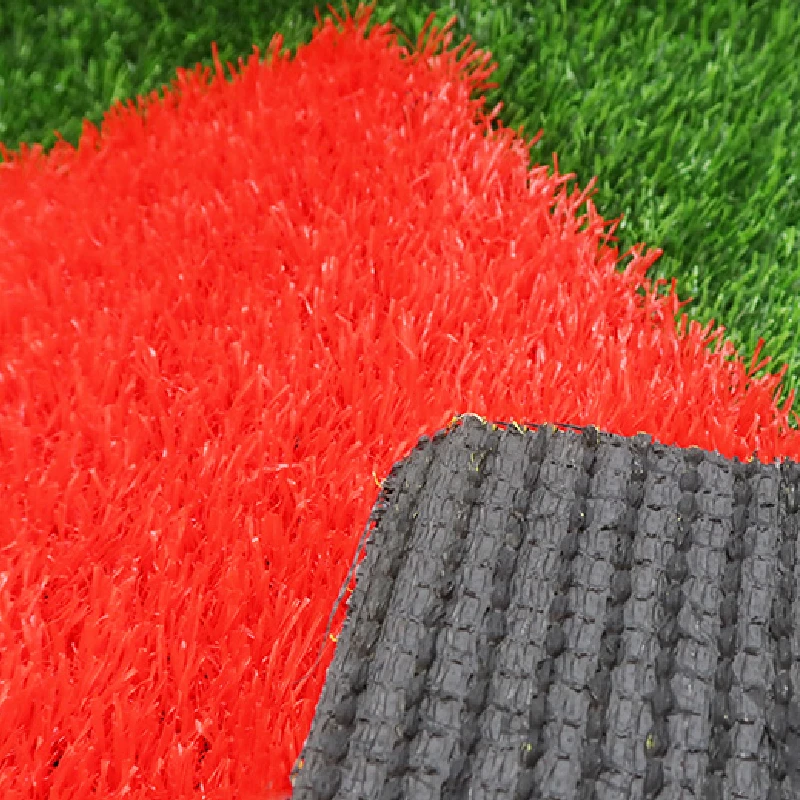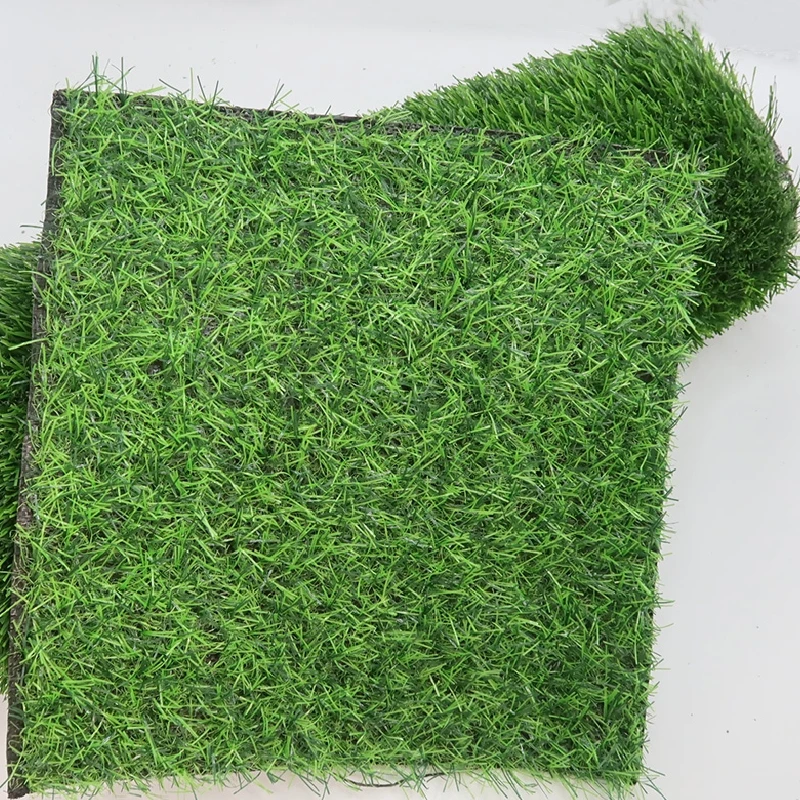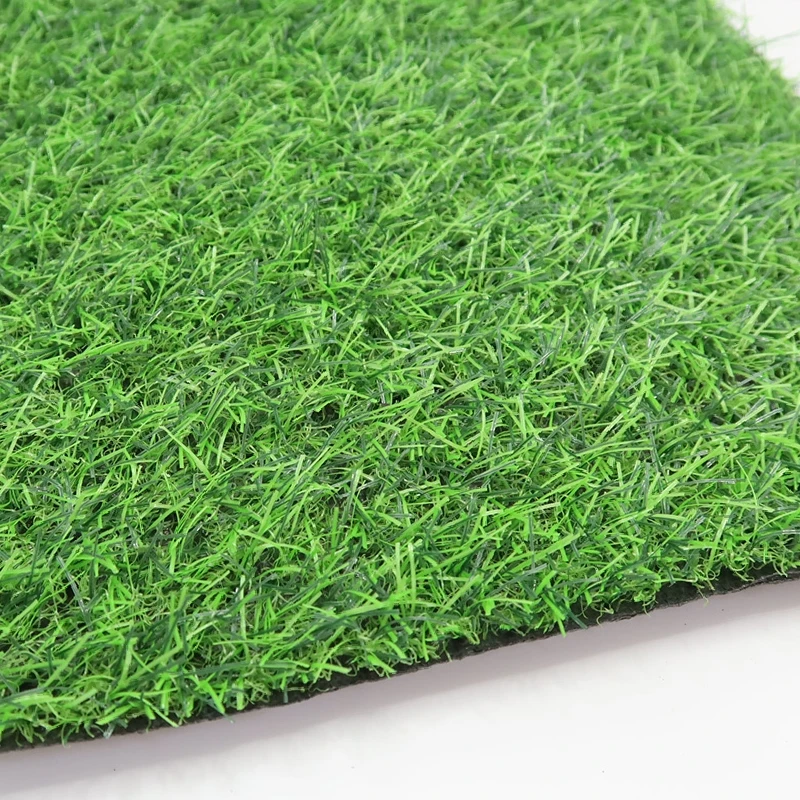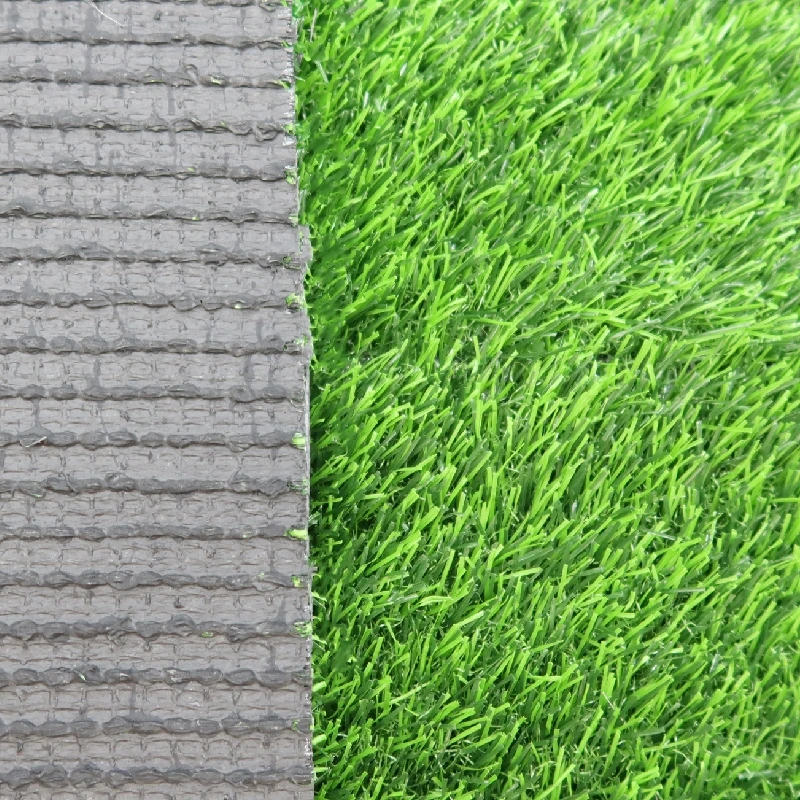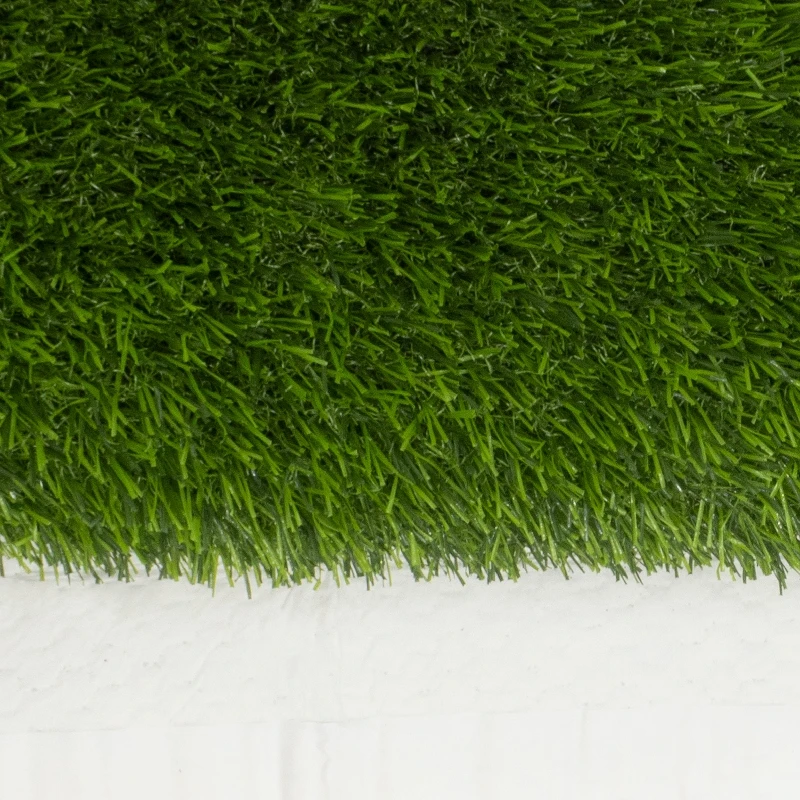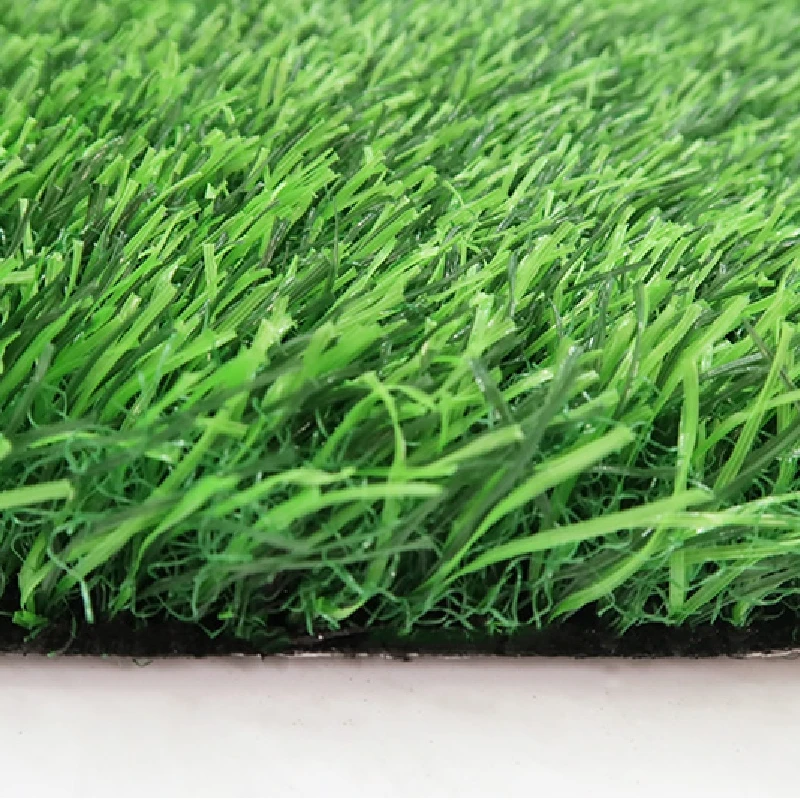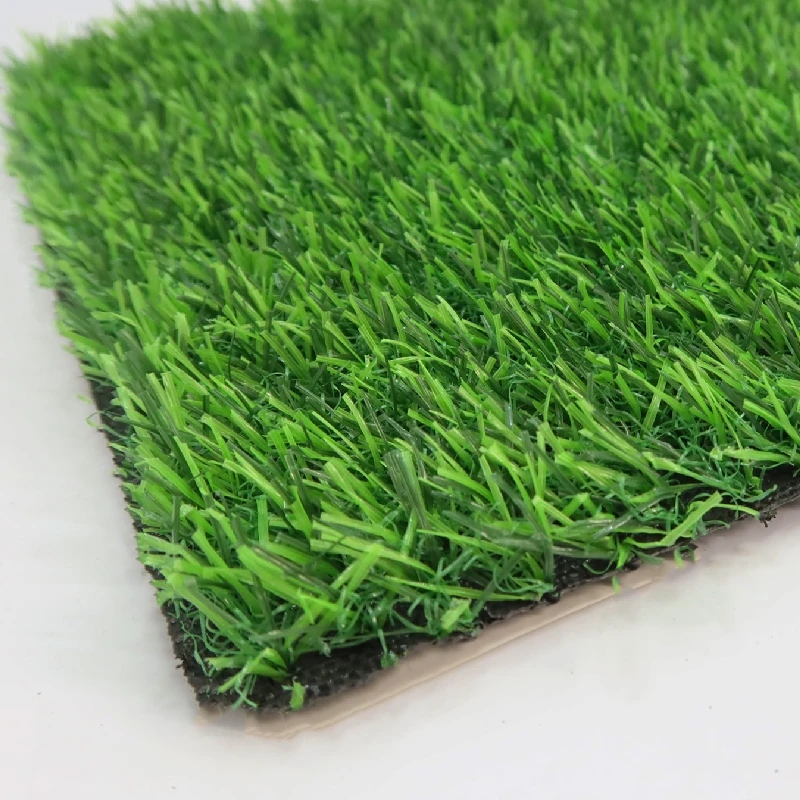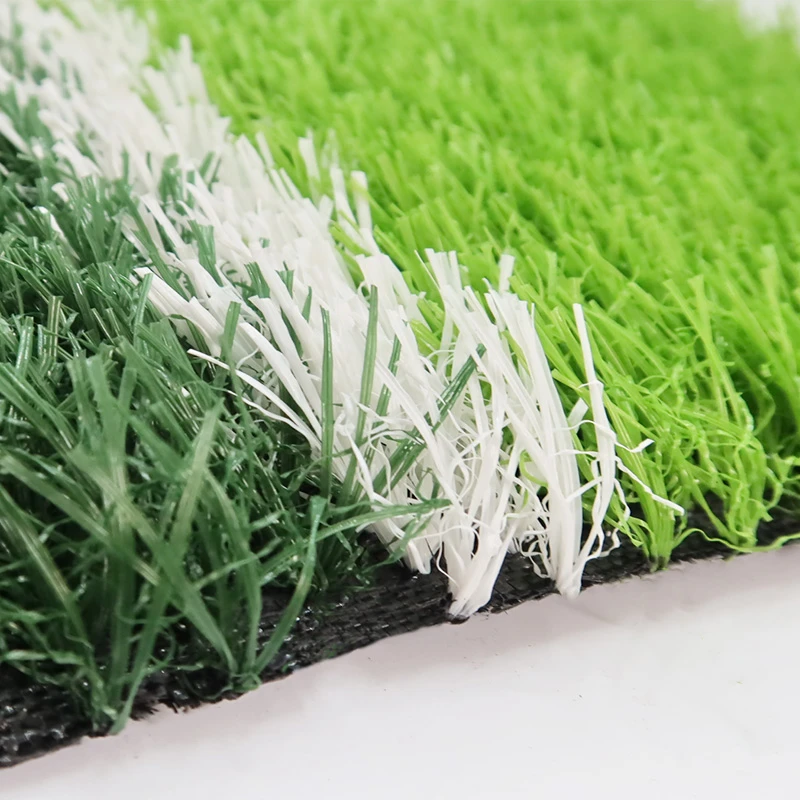
- Afrikaans
- Arabic
- Belarusian
- Bengali
- Czech
- Danish
- Dutch
- English
- Esperanto
- Estonian
- Finnish
- French
- German
- Greek
- Hindi
- Hungarian
- Icelandic
- Indonesian
- irish
- Italian
- Japanese
- kazakh
- Rwandese
- Korean
- Kyrgyz
- Lao
- Latin
- Latvian
- Malay
- Mongolian
- Myanmar
- Norwegian
- Persian
- Polish
- Portuguese
- Romanian
- Russian
- Serbian
- Spanish
- Swedish
- Tagalog
- Tajik
- Thai
- Turkish
- Turkmen
- Ukrainian
- Urdu
- Uighur
- Uzbek
- Vietnamese
Benefits of Using Synthetic Turf for Soccer Playing Fields
Dec . 05, 2024 09:45 Back to list
The Benefits and Features of Synthetic Grass for Soccer Fields
In recent years, the use of synthetic grass for soccer fields has gained immense popularity among sports facilities, schools, and recreational centers. This trend is driven by the numerous advantages that synthetic turf offers over traditional natural grass. As soccer continues to rise in global popularity, understanding the benefits of synthetic grass can provide insights into why many organizations are making the switch.
Durability and Longevity
One of the most compelling reasons to opt for synthetic grass is its durability. Unlike natural grass, which can become worn and patchy from extensive use or adverse weather conditions, synthetic turf is designed to withstand high levels of foot traffic without deteriorating. It maintains its appearance and functionality year-round, allowing for consistent play and practice sessions. This reliability makes synthetic fields particularly attractive for schools and community centers that may host a variety of sporting activities.
Low Maintenance Costs
Another significant benefit of synthetic grass is the reduction in maintenance costs. Natural grass requires regular mowing, watering, fertilization, and pest control, which can be both time-consuming and expensive. In contrast, synthetic grass requires minimal upkeep. Occasionally, it may need to be brushed to maintain the upright position of the fibers and remove debris, and a periodic rinse with water can help to reduce odors and maintain cleanliness. This ease of maintenance translates to substantial cost savings over time, making synthetic turf a fiscally responsible choice.
Consistent Playing Conditions
Players often face challenges when playing on natural grass fields, particularly during rainy weather or in extreme heat. Wet or muddy fields can lead to injury and hinder performance, while dry, cracked fields can be equally detrimental. Synthetic grass provides a consistent playing surface regardless of the weather conditions. It drains water efficiently, ensuring that games can proceed even after heavy rain. Additionally, synthetic surfaces do not suffer from dry spots, providing players with uniform traction and cushioning to reduce the risk of injuries.
synthetic grass for soccer fields

Enhanced Performance
The design of synthetic grass fields has evolved to prioritize player performance. The turf can be engineered to provide various levels of cushioning and traction, which can enhance players’ abilities during matches. Many athletes report that playing on synthetic grass feels more predictable, allowing for greater agility and control. Furthermore, these fields can be tailored to mimic the feel and performance characteristics of natural grass, ensuring that players get the best of both worlds.
Environmental Considerations
While concerns regarding the environmental impact of synthetic grass have been raised, advancements in technology are making synthetic fields a more sustainable choice. Many modern synthetic turfs are made from recycled materials and are themselves recyclable at the end of their lifespan. Furthermore, as they eliminate the need for chemical fertilizers and pesticides, synthetic grass is increasingly considered an eco-friendly option. Facilities are also discovering that the water savings from not having to irrigate natural grass ads to their sustainability efforts.
Community Engagement and Accessibility
The installation of synthetic soccer fields can lead to greater community engagement and increased access to sports. With a versatile surface that accommodates soccer, football, lacrosse, and more, these fields can serve multiple purposes. This multi-use capacity ensures that communities can offer diverse sporting events and activities, ultimately fostering a more active lifestyle among residents. Synthetic fields can also be built in areas where natural grass may struggle to grow, expanding opportunities for outdoor sports.
Conclusion
In summary, synthetic grass has emerged as a leading choice for soccer fields due to its durability, low maintenance costs, and consistent playing conditions. As soccer continues to thrive globally, the advantages of synthetic turf are likely to drive further adoption in sports facilities around the world. The potential for enhanced performance, environmental sustainability, and increased community engagement makes synthetic grass not just a practical choice, but a future-oriented solution for the ever-evolving world of sports. Whether for elite training centers, local clubs, or school fields, synthetic grass offers a valuable investment into the athletic experiences of players and communities alike.
-
The Benefits of Artificial Turf for Indoors
NewsJul.15,2025
-
How Artificial Grass Suppliers Ensure Quality Products
NewsJul.15,2025
-
Artificial Grass and Pets: A Space for Relaxation
NewsJul.08,2025
-
Balcony & Outdoor Decoration with Artificial Grass
NewsJul.08,2025
-
Best Indoor Artificial Grass for Home
NewsJul.07,2025
-
Best Pet Turf for Dogs: Safe & Durable Artificial Grass Options
NewsJul.07,2025
Products categories

